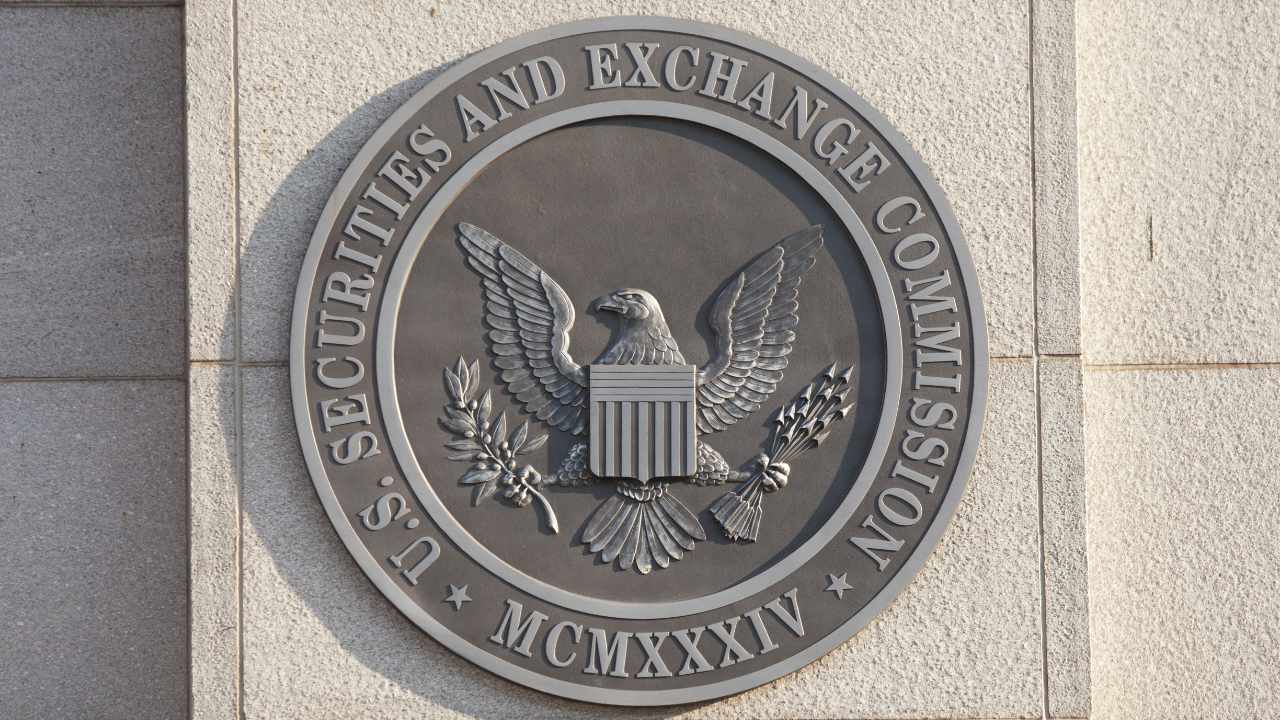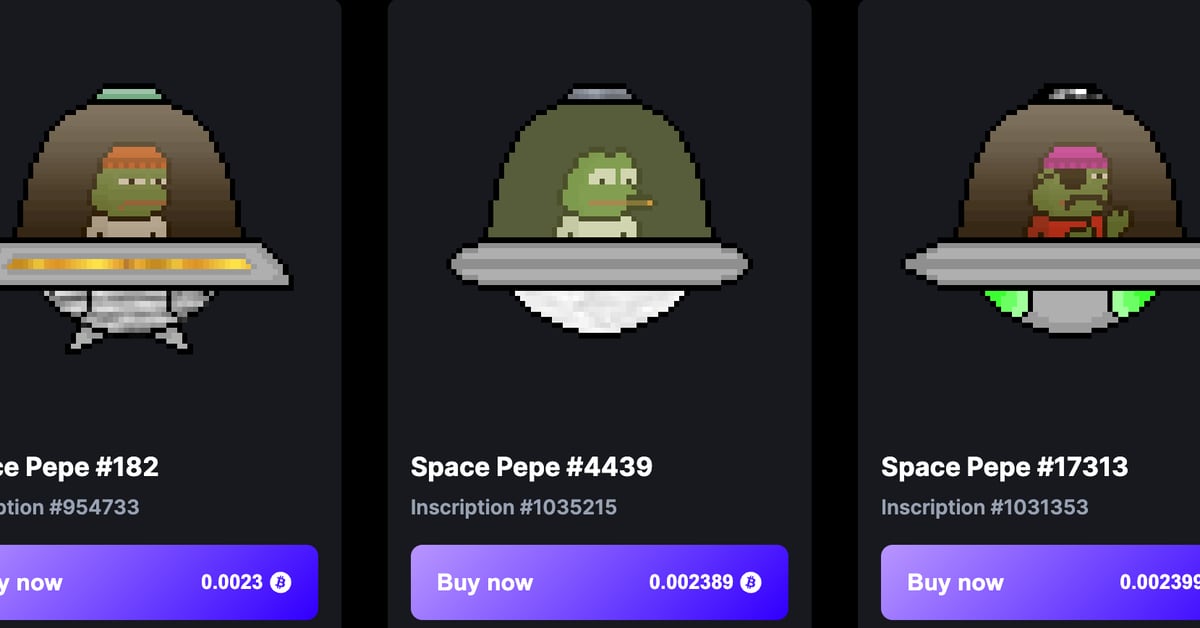How Blockchain Can Tackle Retail Counterfeiting in SEA Regions and Beyond


Efforts to address the global problem of counterfeiting have failed due to inaction by industry caused by a lack of applicable technology
Illegal counterfeiting of retail goods is a thriving industry for those who trade on the black market. Solid data on black market activity relies on broad estimates given the nature of the subject, but some estimates suggest that 10% of all brands may be counterfeit, and that $600 billion per year is surrendered by major brands to cheap replica banking. discounts on their products.
A study by the UK Intellectual Property Office suggested that as much as 40% of all global counterfeits were made in SEA countries, while other analyzes put the figure at more than 75%. China’s customs IP border protection system is the most effective of ASEAN’s (Association of Southeast Asian Nations) regional members, but even after more than doubling the seizure rate from around 25,000 to 50,000 between 2018 and 2019, the majority of counterfeit exports still manage through Chinese ports.
The ASEAN Pact has taken action in response to the growing prevalence of fake exports. The 2004-2010 ASEAN Action Plan on Intellectual Property Rights contains no mention of the word “counterfeiting”, while the 2011-2015 Action Plan mentions it once. But 2021 updates to the latest action plan introduce eight clear strategies to combat the spread of counterfeiting in the region.
So far, an effective system for manually validating the legitimacy of brands has yet to present itself, while gathering reliable data on the scale of the problem relies mostly on seizure rates that only show a fraction of the true size of the black market.
Blockchain – Illuminating the Black Market
Numerous governments from as far afield as the UK to Vietnam have already begun exploring how blockchain-based digital identity could help create national digital ID cards. Blockchain’s ability to track and verify events transparently, with no possibility of tampering, makes it an attractive solution for industries along every stop in the supply chain. In fact, blockchain technology is predicted to save the global supply chain as much as $450 billion per year in logistics-related costs.
The same cost-saving measures can be used to target counterfeiting, where a lack of accountability and verifiability has so far hindered such recovery efforts. Moreover, a lack of participation from the brands themselves has only exacerbated the problem, as noted by Phill Arnold, director at IP rights research firm CISAA, in WorldTrademarkReview.
“The World Intellectual Property Office (WIPO) dictates that brand owners find their own evidence,” he says. “So it is not up to the authorities to go out and find counterfeiting, unless there is danger to the public; it’s up to brand owners. But brand owners are sitting up there in their chairs with their cigars, expecting the counterfeiting problem to go away, assuming the authorities take a stand, Arnold said.
Despite the lack of action from major brands, Intrepid explorers of the blockchain sphere have begun to bridge the communication gaps between brands, regulators and end consumers by applying their transparent, verifiable tools to the issue of counterfeiting.
Blockchain technology works as a decentralized ledger owned by no one and secured by thousands of computers running and maintaining the database simultaneously. These decentralized attributes make it a reliable resource for autonomous verification of a transaction or an event without third-party intermediaries.
Creating “digital twins”
Some blockchain projects have begun to deploy technologies that link the registration of a real product to a digital identity marker on a public blockchain, which can then be viewed by the end user to verify that their products are genuine. Businesses verify their identity on the blockchain network and then scan their products’ Global Trade Item Number Barcode to be published on the blockchain. Once there, the user can verify their own identity and confirm that they have received a legitimate product. If the owner wishes to resell the item, any potential buyers can confirm the product’s authenticity in the same way.
The data obtained from an authentication process that tracks items from conception to disposal (blockchain can be used to track a product’s recycling status) can prove crucial in creating a clearer picture of the lifespan of a brand’s products, and data analytics can help narrow down source to counterfeit creations.
One project working along these lines is Ownify, an app for iOS and Android that tags barcodes as NFTs on the blockchain to create a “digital twin” of the item that can be transferred and verifiably authenticated throughout the lifetime of its ownership.
Ownify’s CEO, Khaled Samin, pointed out the failure of manufacturers to address the counterfeiting problem, but noted the lack of practical technologies that could be applied to it until now.
Khaled Samin said: “Unfortunately, the counterfeiting industry has been allowed to flourish in part due to inaction by key industry players, but fundamentally because there has been no applicable technology to truly address the problem. Bringing blockchain networks to impact the global retail industry will eradicate a worldwide problem, and change the way companies view product authentication.Consumers will be able to categorically confirm that their products are genuine without the need for input from qualified experts, said Khaled Samin.
Blockchain has been optimistically presented as the solution to a number of problems in recent years, and although many examples turned out to be opportunistic sales pitches, the technology still offers answers to many real-world situations where people in different parts of the world who have never met can interact and act reliably without centralized, costly, manual oversight.
Blockchain has the potential to radically change the way we authenticate our products, offering a whole new and irrevocable level of trust between brands, consumers and retailers that lasts long after the initial purchase is made and continues throughout the life of a product . Life cycle. It is a tool that cannot be faked.
























